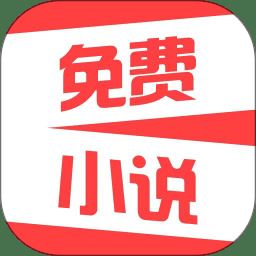Kotlin Fragment使用方法详解
Hdnw 人气:01.Fragment的介绍
Android在3.0版本引入了Fragment功能,它非常类似于Activity,可以像Activity一样包含布局。
它出现的初衷是为了适应大屏幕的平板电脑,使用Fragment我们可以把屏幕划分成几块,合理利用屏幕空间。
Fragment通常是嵌套在Activity中使用。
2.静态加载
步骤:
(1)定义Fragment控件的布局文件。
<FrameLayout xmlns:android="http://schemas.android.com/apk/res/android"
xmlns:tools="http://schemas.android.com/tools"
android:layout_width="match_parent"
android:layout_height="match_parent"
tools:context=".LeftFragment">
<TextView
android:layout_width="match_parent"
android:layout_height="match_parent"
android:text="这是左边" />
</FrameLayout><FrameLayout xmlns:android="http://schemas.android.com/apk/res/android"
xmlns:tools="http://schemas.android.com/tools"
android:layout_width="match_parent"
android:layout_height="match_parent"
tools:context=".RightFragment">
<TextView
android:layout_width="match_parent"
android:layout_height="match_parent"
android:text="这是右边" />
</FrameLayout>(2)自定义Fragment类,继承自Fragment类或者子类,同时实现onCreateView()方法,在方法中,通过inflater.inflate加载布局文件,接着返回其View。
class LeftFragment : Fragment() {
override fun onCreateView(
inflater: LayoutInflater, container: ViewGroup?,
savedInstanceState: Bundle?
): View? {
return inflater.inflate(R.layout.fragment_left, container, false)
}
}class RightFragment : Fragment() {
override fun onCreateView(
inflater: LayoutInflater, container: ViewGroup?,
savedInstanceState: Bundle?
): View? {
// Inflate the layout for this fragment
return inflater.inflate(R.layout.fragment_right, container, false)
}
}(3)在需要加载Fragment控件的Activity对应的布局文件中添加Fragment标签,并设置name属性为自定义fragment。
<LinearLayout xmlns:android="http://schemas.android.com/apk/res/android"
xmlns:app="http://schemas.android.com/apk/res-auto"
xmlns:tools="http://schemas.android.com/tools"
android:orientation="horizontal"
android:layout_width="match_parent"
android:layout_height="match_parent"
tools:context=".MainActivity">
<fragment
android:id="@+id/leftFrag"
android:name="com.hui.fragment.LeftFragment"
android:layout_width="0dp"
android:layout_height="match_parent"
android:layout_weight="1"/>
<fragment
android:id="@+id/rightFrag"
android:name="com.hui.fragment.RightFragment"
android:layout_width="0dp"
android:layout_height="match_parent"
android:layout_weight="1"/>
</LinearLayout>(4)最后在Activity的onCreate()方法中调用setContentView()加载布局。
class MainActivity : AppCompatActivity() {
override fun onCreate(savedInstanceState: Bundle?) {
super.onCreate(savedInstanceState)
setContentView(R.layout.activity_main)
}
}3.动态加载
步骤:
(1)通过getSupportFragmentManager()方法获得FragmentManager对象。
val fragmentManager=supportFragmentManager
(2)开启事务,通过beginTransaction()方法获得FragmentTransaction对象。
val transaction=fragmentManager.beginTransaction()
(3)调用add()方法或者repalce()方法加载Fragment。
transaction.replace(R.id.rightLayout,fragment) //replace()方法需要传入容器的id和待添加的Fragment实例
(4)最后调用commit()方法提交事务。
transaction.commit()
加载全部内容
 爱之家商城
爱之家商城 氢松练
氢松练 Face甜美相机
Face甜美相机 花汇通
花汇通 走路宝正式版
走路宝正式版 天天运动有宝
天天运动有宝 深圳plus
深圳plus 热门免费小说
热门免费小说